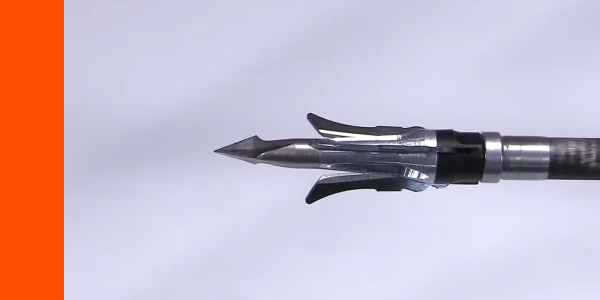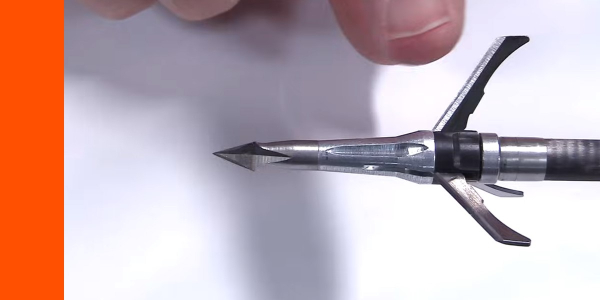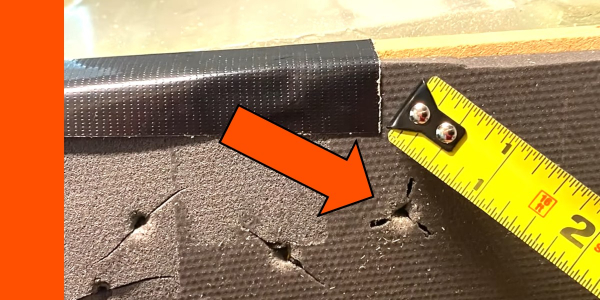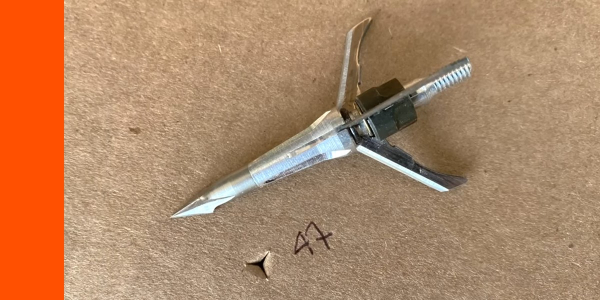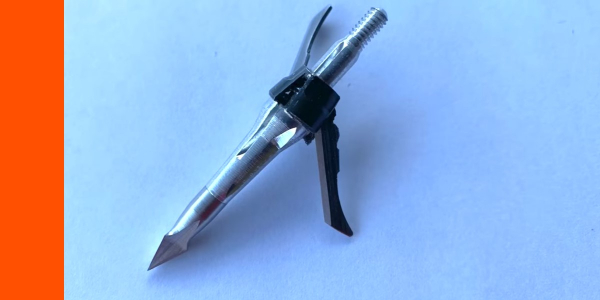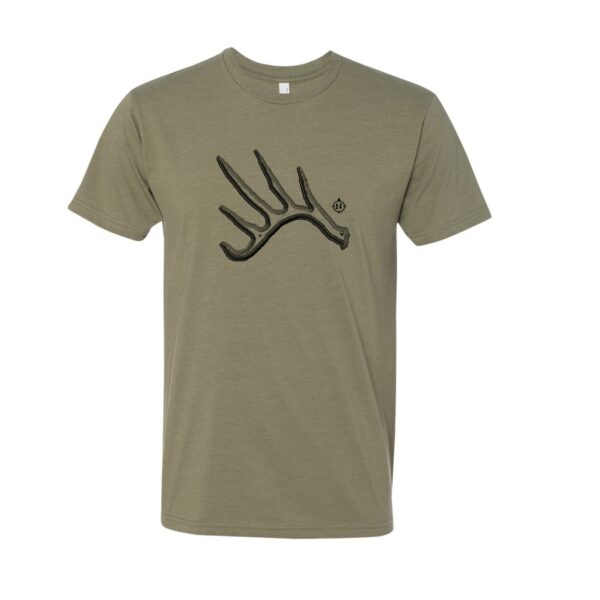Biking can be fun exercise. But how much of a calorie deficit will biking helping you achieve?
For that matter, what’s a calorie deficit?
Let’s take a look at these questions and more, so that you can optimize your health routine and shed those extra pounds!
In addition to providing the freedom of the open road and the joy of fresh air, biking is a popular form of exercise that is effective in burning calories and enhancing general health.
First Things First… What Is A Calorie Deficit?
One of the most basic rules of weight loss is that you need to burn more calories than you eat.
So, when you burn more calories through exercise and normal bodily processes than you take in through food and drink, you have a calorie deficit.
To optimize your weight loss goals, this caloric deficit should be monitored very strictly.
How Many Calories Do You Burn Biking?
So, how many calories does riding a bike burn exactly?
Well, one quick way to find out is a calorie deficit calculator.

Whether it is a brisk spin class at the gym or a leisurely ride around the park, cycling can be crucial to reaching a calorie deficit, which is a necessary step in losing weight.
Calorie deficit calculators are extremely helpful for tracking how many calories you burn while biking. An online calculator like this will give an estimation of your calorie burn during biking so that you can be sure you are maintaining a calorie deficit.
This way, you can balance your bike rides with your meals (caloric intake) and customize your diet and exercise routine to achieve your weight-loss goals.
Although a calorie deficit calculator is a great tool to measure your calorie burn while biking, there are many determining factors.
So, let’s examine the mechanics of riding and how it relates to burning calories!
Factors Affecting Calories Burn While Biking

Your weight, how hard you exercise, how fast you go and the terrain are all factors that determine what your calorie burn will be when biking/cycling.
Several things affect how many calories you burn while biking. These include:
- Your weight
- How hard you bike
- How fast you ride
- Environment
When two people do the same exercise, the person who is heavier will often burn more calories because his/her body has to work harder to move their weight.
Similarly, the more intense the riding, the more calories are burned. Also maintaining a faster speed while biking will also increase calorie burn.
It takes more energy to walk uphill or on the rough ground than on the smooth ground, so more calories are burned. The same is true with biking.
Biking and Calorie Counting Tools
It is recommended to use a biking calculator approximately 6 times, altering the effort and length, in order to acquire an average estimate of your calorie burn per biking session.
Calculating Energy Expended While Biking/Cycling:
- Leisurely Riding: For people who are new to biking, a slow ride (less than 10 mph) is a good way to start. For someone weighing about 155 pounds, this kind of ride burns about 200 to 300 calories per hour.
- Moderate Effort: Riding a bike at a moderate speed (10–14 mph) can burn between 300 and 600 calories an hour, based on your weight and the surface.
- Biking Fast: If you ride your bike faster than 20 miles per hour, you can burn up to 1,000 calories an hour, which is a lot for someone who weighs about 155 pounds.
Use a calorie deficit calculator to get an accurate estimate of the number of calories you will burn while biking. These types of handy tools take into account your weight, the duration of your bicycling session, and the intensity of your workout to predict calorie burn.
Keep in mind that these numbers are just estimates. A calorie deficit calculator can help you get more accurate numbers for your specific situation.
How To Burn The Most Calories While Biking
Doing intervals, off-road riding, and consistency in your biking will help you burn more calories.
Do Intervals
Adding interval training to your riding routine can help you burn a lot more calories. Changing between short bursts of high intensity and rest times helps your body burn more calories during the workout and for hours afterward.
Get Off The Road

Tougher terrain = greater burn when it comes to biking!
Most of the time, mountain biking or off-road biking burns more calories than street cycling because the terrain is more difficult and takes more physical effort to get through.
Be A “Regular Joe”
When you bike regularly, your stamina and muscle strength improve. This lets you perform better, which means you burn more calories because you can keep up higher intensities for longer.
Use Technology
Cycling apps and gadgets that work with calorie deficit calculators can give you more accurate information that helps you keep track of and improve how many calories you burn.
#ad
Cycling And Biking To Maintain A Calorie Deficit

Consistency is key when it comes to maintaining a calorie deficit…
A single bike ride can certainly help you lose calories for the day.
But, to keep the weight off, you need to maintain a calorie deficit over time. Biking, eating well, and using a calorie deficit calculator on a daily basis can help you keep the calorie deficit you need to lose weight.
Remember that it’s best to lose weight slowly and not all at once, because a big calorie shortage can be unhealthy or impossible to maintain.
FAQs About Calorie Burn From Biking
How accurate are bike calorie loss calculators?
Although calorie deficit tools can give you a good idea, they aren’t always right because they can’t tell what your metabolism is like or how hard you are working. But, they are a good way to get a rough idea of how many calories you burn.
Is it possible to burn a lot of calories just by biking?
Indeed, biking can help you burn a lot of calories, especially when you do it regularly and combine it with a healthy diet. The important thing is to bike at a speed and distance that will result in burning more calories.
How often should I ride my bike to maintain my calorie deficit?
How often you bike should depend on your fitness level, your goals, and your routine.
Most standards say that to stay healthy and help with weight loss, you should do moderate-intensity cardio for at least 150 minutes or vigorous-intensity cardio for 75 minutes per week.
Does riding a bike burn more calories than walking?
Biking is usually a better way to burn calories than walking because it’s more active. However, walking can indeed burn a lot of calories, especially if you do it for a long time.
Final Thoughts On Biking For Calorie Burn
Biking is not only a fun activity, but it can also help you lose weight and keep it off.
To burn the most calories, use a calorie deficit calculator and make sure your bike routine is right for your fitness level.

Biking is great for leisure, exercise and calorie burn, and sight seeing… safe biking!
You can reach your calorie-burning goals by biking in a variety of ways, from slow rides in the country to fast rides on difficult terrain.
So, have fun on your bike ride and remember that biking is good for your mental and physical health in many ways!


















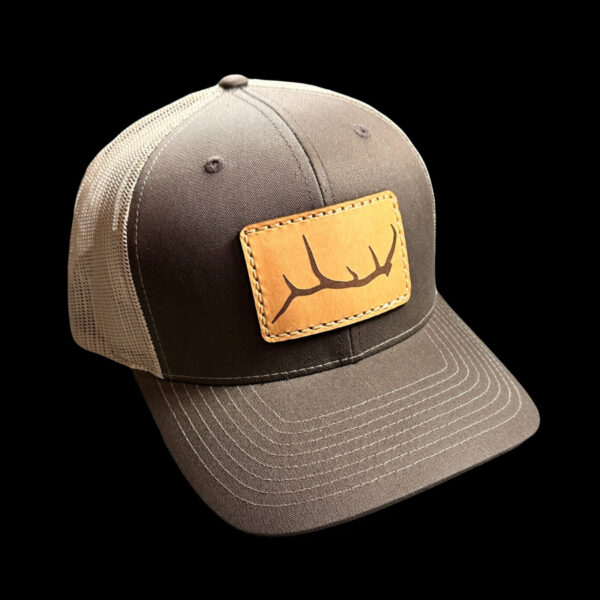




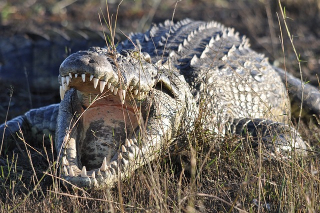





![[2023 NEW] 7-8 Fireproof Biometric Gun Safes for Home Rifle and Pistols, Heavy Duty Anti-Theft Long Gun Safes for Rifles and Shotguns with 3 Handgun Pocket, Removable Shelf, Silent Mode](https://m.media-amazon.com/images/I/51hfDt086lL._SL500_.jpg)



